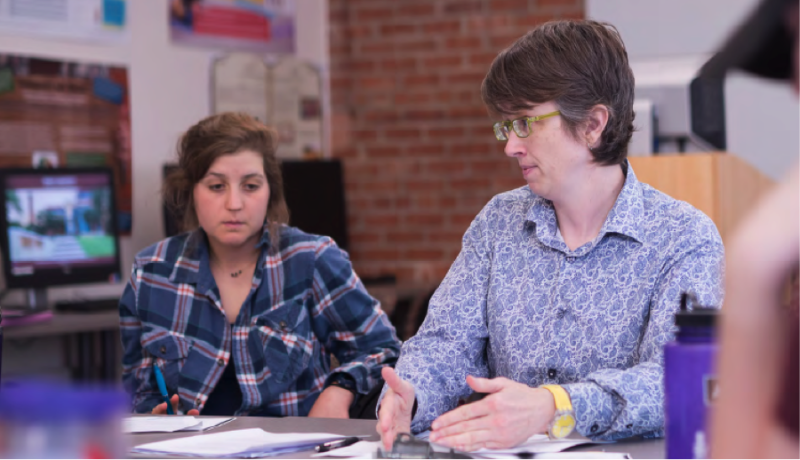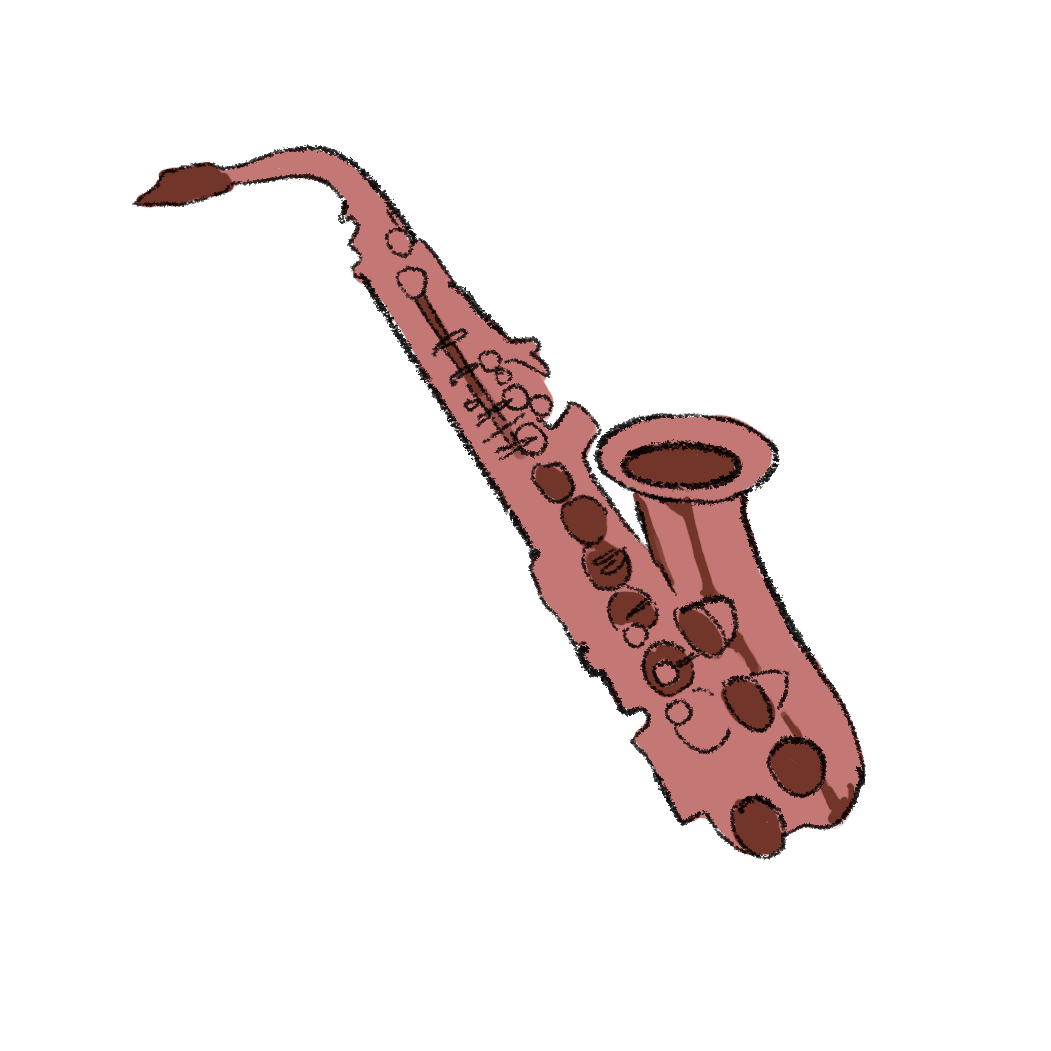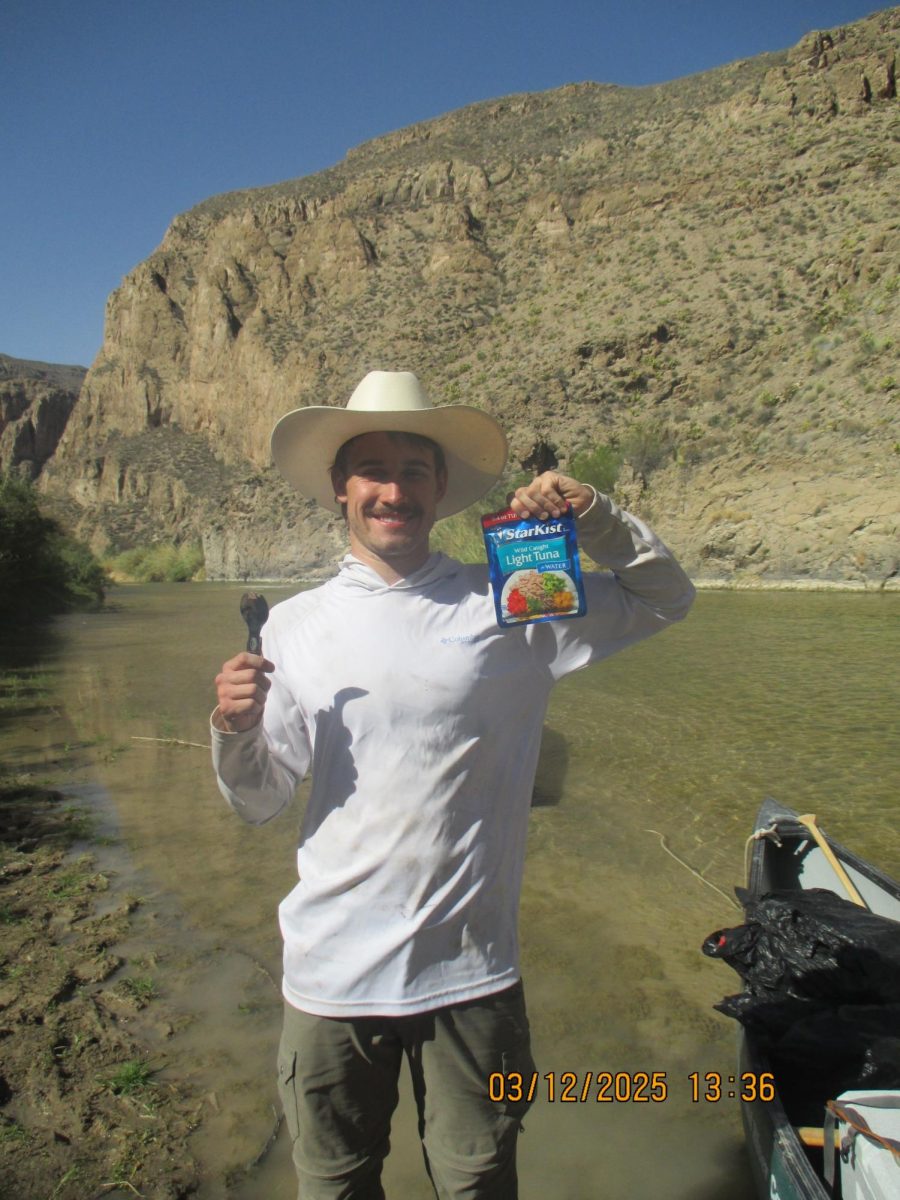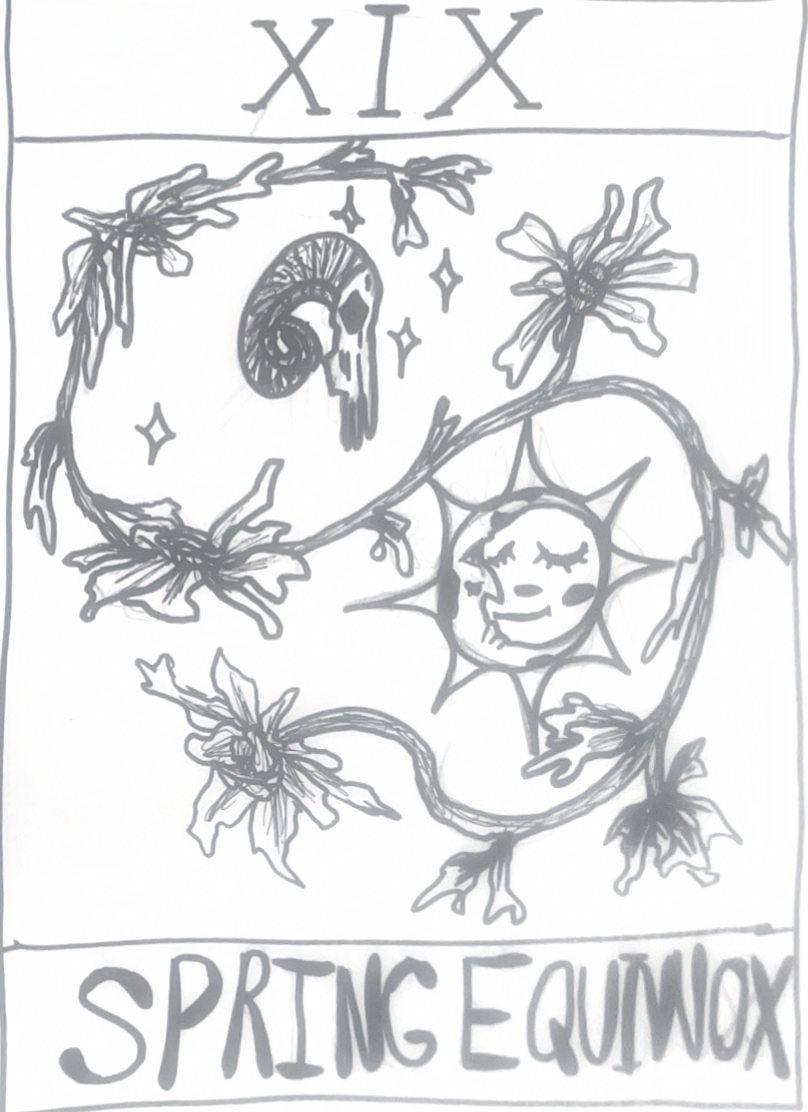As the month of April culminates, people all over San Antonio are looking forward to Fiesta, an annual festival that honors the memories of the battles of San Jacinto and the Alamo. Many activities and traditions take place during Fiesta to commemorate these historical affairs that members of the Trinity community anticipate participating in each year.
Amy Stone, associate professor of sociology and anthropology at Trinity, has enjoyed learning about one particular Fiesta event; Stone has written a book entitled “Cornyation: San Antonio’s Outrageous Fiesta Tradition,” which explores one aspect of the Fiesta celebration that is often overlooked. Stone’s book is about the history of a Fiesta event that’s called the Cornyation
“For people unfamiliar with Fiesta, there is a long-standing event called the “˜coronation of the queen of the order of the Alamo,’ which is a huge debutante pageant for people in the Anglo community,” Stone said.
A parody of the event was later created, capturing attention from Fiesta participants.
“In the 1950s, that was one of the really big events in town and a group of men in the theater decided to do a satire of it. They named it the “˜cornyation.’ Eventually, it turned into a sort of spoof on political and cultural events.”
Stone was in the middle of writing a different book in 2009 when she was inspired to write “Cornyation.” A co-worker suggested that she should go see the Cornyation to take a break from writing, so she attended the event at the last minute.
“The royalty for the event is the “˜king anchovy’ “” there’s a lot of royalty in Fiesta “” and that year it was the city manager, Sheryl Sculley,” Stone said. “And I thought, “˜How did they get the city manager to dance on stage in a skin-tight bodysuit and a cape for three nights in a row?'” After asking herself that question, Stone began researching the event and eventually composing her book. Stone learned that the Cornyation event is now a fundraiser, and most of the money raised during it goes toward assisting several HIV/AIDS service organizations.
“The show has raised over two million dollars for these foundations,” Stone said.
Stone hopes that readers of “Cornyation” will realize how important the unique event is as it pertains to the history of Fiesta, and that even though the Cornyation is known for being a comedic event, it still holds a special place in the historical context of Fiesta and San Antonio.
In 2012, John Dean Domingue, a former student of Stone and a 2013 Trinity graduate with a Bachelors of Arts in art and sociology, received a Murchison Summer Undergraduate Research Fellowship and worked with Stone to complete her research for “Cornyation.”
“The summer of that fellowship, we primarily focused on 1949 to 1965, and also some aspects of Cornyation in the 1980s,” Domingue said. “We primarily researched in archives and conducted oral history interviews of people involved with Cornyation and Fiesta. We saw these wonderful documents such as handmade programs and letters involved in the creation of this community endeavor, and we encountered many rare photographs.”
Domingue and Stone continued to access several sources of information to get a strong variety of resources for their research.
“We needed to look at more than just newspaper reporting so we could learn about what it was really like to be there, and some of these photographs and documents really helped us do that. Additionally, the lively people we interviewed gave us first-hand accounts, and what made these interviews so special was that these participants were reflecting on something from several decades prior in their lives,” Domingue said.
Caitlin Gallagher, who graduated in 2013 with degrees in urban studies and economics, was another one of Stone’s research assistants for the Cornyation project. The topic of her research was complicated to explain to others.
“When I told people I was researching Cornyation that summer, I’m not sure many of them “˜got it’ “” after all, it’s a Fiesta event with a pretty wild reputation,” Gallagher said.
The confusion her peers expressed at the research encouraged Gallagher to continue exploring Cornyation alongside Stone in order to clarify its significance and history.
“That said, I think Dr. Stone’s book proves the value in exploring how these traditions that may seem eccentric or silly on first look can actually reveal a lot about our communities and their evolution over time,” Domingue said. “I ran into Dr. Stone on campus a couple weeks ago and got to take a look at her book, and it was really cool to see that a lot of the things we found that summer made their way into the final project.”
Stone has maintained a big impact on students, including Domingue, as her lessons from her courses still resonate with him as some of his favorite memories at Trinity.
“We had an opportunity in her Gender Transgressions class to modify our gender presentation just outside of our normal comfort zone. One day more masculine than normal, and one day more feminine than normal. That assignment taught me a lot about the connections between social interactions and personal affect in regards to gender, and how others’ reactions can impact self-perception,” Domingue said.
Domingue is excited about the release of his former professor’s book and hopes it also impacts readers.
“I am so glad to see this book by Dr. Stone published because I want everyone to see the imagination and creativity that went into and continues to go into Cornyation and to see the result of the years Dr. Stone spent researching this and tying it all together,” Domingue said.
Stone’s “Cornyation: San Antonio’s Outrageous Fiesta Tradition” is currently available for purchase.







